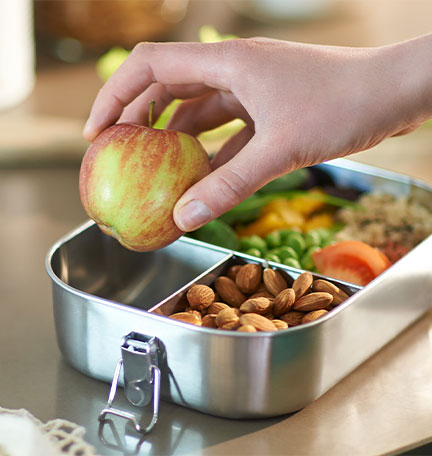When she turned 25, travel blogger Chau Mui came down with a case of wanderlust. “I felt like I hadn’t done anything with my life, and I really wanted to experience traveling,” says Mui, who subsequently left her job to spend a year globetrotting alone.
In just 12 months, she visited three continents, 12 countries, 33 cities, and five U.S. states. She chronicles her adventures on her blog, Chau for Now.
Mui’s ability to travel the world was the product of intense planning. To make her dream a reality, she spent a full year planning, saving, and budgeting. She shares four tips to help you plan for your travels wherever they may take you: within your state, across the country, or around the world.
1. Make a plan
Every trip should start with a goal. Decide where you want to go, when, and for how long, Mui says. “I started researching before I had money to go,” she says. “I found out how much all of it was going to cost. Once I did that, I had a tangible trip in my head, which motivated me to save the money I needed.”
Although you shouldn’t click “purchase” until you can afford the trip, document the cost of airfare, lodging, food, transportation, entertainment, and incidentals. Price all of these items by browsing travel websites, blogs and consulting fellow travelers, including on message boards and social media.
If you plan to travel internationally, factor into your budget the exchange rate for local currency and administrative costs, such as passport and visa fees.
2. Open a dedicated savings account
Once you have a financial goal, work toward it by saving money. To make it easier, Mui opened a dedicated savings account exclusively for travel. “I direct deposited money into my savings account every month, and I never touched it,” she says.
3. Sacrifice now; travel later
During her year of saving, Mui applied a wants versus needs mentality to her monthly budget. Start with simple steps: You can save money by cooking meals at home instead of eating out, buying food and toiletries in bulk to lower the unit cost of groceries, going out with friends less often, and canceling your gym membership to work out from home.
“I started thinking about money in terms of plane tickets, like not buying lunch every day at work,” Mui says. “If a sandwich is $10, and you spend $50 a week on lunch, that’s $200 a month. With that, you might be able to buy a domestic plane ticket, if you shop around for a deal.”
4. Be flexible
Although planning is important, so is flexibility. Mui was planning a trip to Peru when she encountered a cheap off-season fare to Nicaragua. “If you’re flexible on your travel dates and destination, you can find some great deals,” she says.
Think about being flexible with your budget as well. “Give yourself one budget for the whole trip instead of a daily budget,” she says. “If you decide you’re only going to spend $50 a day, you might miss out on a really neat experience at the end of the day because you’re near your limit. You can decide to splurge on that experience and, instead, spend less the next day.”
Despite her disciplined approach to saving and living on a budget, what Mui learned most on her yearlong odyssey wasn’t what money could buy. Rather, it was what it couldn’t. “It’s easy to forget how little we need to survive,” she says. “When you stop spending your money on items you don’t need, you can start spending it on experiences you’ve always wanted.”
If you’re ready to start saving for travel, check out more tips on travel cost savings and creating a budget.










